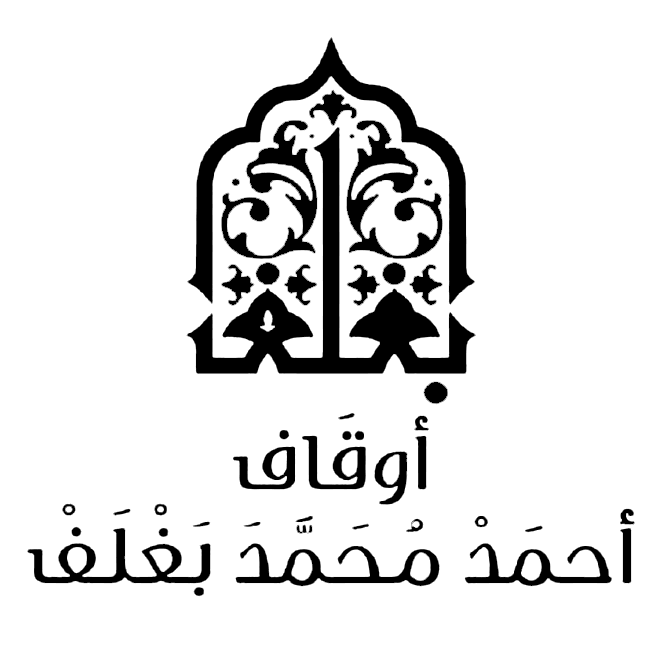713
It was narrated that ‘A’ishah said: When the Messenger of Allah (blessings and peace of Allah be upon him) became very sick, Bilal came to tell him that it was time to pray, and he said: “Tell Abu Bakr to lead the people in prayer.” I said: O Messenger of Allah, Abu Bakr is a tenderhearted man, and when he stands in your place he will not be able to make the people hear him. Why don’t you instruct ‘Umar [to lead the prayer instead]? He said: “Tell Abu Bakr to lead the people in prayer.” I said to Hafsah: Tell him that Abu Bakr is a tenderhearted man, and when he stands in your place he will not be able to make the people hear him; why don’t you tell ‘Umar [to lead the prayer instead]? He said: “Indeed you are like the women around Yusuf! Tell Abu Bakr to lead the people in prayer.” When he began the prayer, the Messenger of Allah (blessings and peace of Allah be upon him) felt a little better, so he stood up, supported by two men, with his feet dragging along the ground, and entered the mosque. When Abu Bakr heard him, he wanted to step back, but the Messenger of Allah (listings and peace of Allah be upon him) gestured to him [to stay where he was]. Then the Messenger of Allah (blessings and peace of Allah be upon him) came and sat on the left of Abu Bakr, so Abu Bakr prayed standing, and the Messenger of Allah (blessings and peace of Allah be upon him) prayed sitting. Abu Bakr followed the prayer of the Messenger of Allah (blessings and peace of Allah be upon him), and the people followed the prayer of Abu Bakr (may Allah be pleased with him)..
Commentary :
Praying in congregation is very important, and the Messenger of Allah (blessings and peace of Allah be upon him) paid a great deal of attention to it, as did the Sahabah (may Allah be pleased with them all). The Messenger of Allah (blessings and peace of Allah be upon him) never stayed away from prayer in congregation and never omitted it; when his sickness grew worse, he (blessings and peace of Allah be upon him) appointed someone to lead the people in prayer in his stead. ‘A’ishah the Mother of the Believers (may Allah be pleased with her) narrates that when the Prophet’s sickness grew worse, he could not go out to pray in congregation. Bilal (may Allah be pleased with him) came to tell him that the time for prayer had begun, and the Prophet (blessings and peace of Allah be upon him) instructed them to tell Abu Bakr to lead the people in prayer. ‘A’ishah (may Allah be pleased with her) was afraid that the people would regard Abu Bakr (may Allah be pleased with him) as a bad omen for taking the place of the Prophet (blessings and peace of Allah be upon him), and she wanted to protect him from that, so she said to the Prophet (blessings and peace of Allah be upon him): Abu Bakr is a man who weeps a great deal and feels emotional when praying, so if he stands up to lead the people in prayer, the people will not be able to hear him because he weeps so much. Abu Bakr (may Allah be pleased with him) was indeed as she said. But the Prophet (blessings and peace of Allah be upon him) paid no attention to her words, and he repeated his instruction: “Tell Abu Bakr to lead the people in prayer.” So ‘A’ishah said to Hafsah (may Allah be pleased with them both): Tell the Prophet (blessings and peace of Allah be upon him) that Abu Bakr is a tenderhearted man, and when he takes your place he will not be able to make the people hear him; why don’t you tell ‘Umar to lead the people instead? When the Prophet (blessings and peace of Allah be upon him) said that, he said: Indeed you are like the women around Yusuf! meaning that they were like the women around Yusuf in that they showed something opposite to what they had in their hearts, and because of their persistence in pursuing what they wanted and were inclined towards. Then the Prophet (blessings and peace of Allah be upon him) repeated his instructions to Abu Bakr (may Allah be pleased with him) to lead the people in prayer. When Abu Bakr (may Allah be pleased with him) came and began the prayer, the Prophet (blessings and peace of Allah be upon him) felt a little better, so he stood up and walked, supported by two men, namely al-‘Abbas ibn ‘Abd al-Muttalib and ‘Ali ibn Abi Talib (may Allah have mercy on them both), with his feet dragging and making a line along the ground, because he (blessings and peace of Allah be upon him) was so sick. When Abu Bakr (may Allah be pleased with him) realized that the Prophet (blessings and peace of Allah be upon him) was there, he wanted to step back, but the Prophet (blessings and peace of Allah be upon him) gestured to him that he should stay where he was. The Prophet (blessings and peace of Allah be upon him) sat to the left of Abu Bakr (may Allah be pleased with him), and Abu Bakr (may Allah be pleased with him) prayed standing, following the prayer of the Prophet (blessings and peace of Allah be upon him) who was sitting, and the people followed the prayer of Abu Bakr (may Allah be pleased with him), who was standing. Thus the Messenger of Allah (blessings and peace of Allah be upon him) was the imam, and Abu Bakr (may Allah be pleased with him) was following his prayer, repeating the takbir in a loud voice so that the people could hear, because the Prophet’s voice was so weak at this time. And the people were following the voice of Abu Bakr, who was conveying the takbirs from the Prophet (blessings and peace of Allah be upon him); he was not acting as an imam for the people. Therefore Abu Bakr and the people were all following the Prophet (blessings and peace of Allah be upon him) as he was leading the prayer. Abu Bakr was conveying the takbirs from the Prophet (blessings and peace of Allah be upon him) so that the people could follow the Prophet’s prayer. It was also said that in fact the Prophet (blessings and peace of Allah be upon him) was an imam for Abu Bakr, and Abu Bakr was an imam for the people behind him, so that prayer had two imams.
This hadith indicates that it is permissible to follow the more difficult option, even if there is a concession [allowing an easier option].
It indicates that it is prescribed to pray sitting, for one who does not have the strength to stand.
It highlights the importance of praying in congregation.
It indicates that Abu Bakr (may Allah be pleased with him) was the best of the people after the Prophet (blessings and peace of Allah be upon him) and was the most deserving of them to be his successor (caliph); it also indicates that ‘Umar ibn al-Khattab was next to him in virtue.
It indicates that it is permissible for one who is of lower status to discuss instructions given to him by one who is higher in status.
It highlights the etiquette that is to be observed when dealing with one who is older or of higher status, as Abu Bakr wanted to move back, because of the status of the Messenger of Allah (blessings and peace of Allah be upon him)..

 Bukhari hadiths
Bukhari hadiths






